The Peterborough History Group, Embroiderers’ Guild Museum and the History Trust of SA have each received a grant in the 2017 Community Heritage Grants (CHG) grant round. The CHG program provides grants of up to $15,000 to community organisations such as libraries, archives, museums, genealogical and historical societies, multicultural and Indigenous groups. The grants are provided to assist with the preservation of locally owned, but nationally significant collections of materials that are publicly accessible including artefacts, letters, diaries, maps, photographs, and audio visual material. This year Peterborough History Groups has been awarded the largest grant to an SA organisation: more than $12,000 to continue recording the contents of the Peterborough Times Office Job Dockets. This is an ongoing and very exciting project to identify, record, digitise and safely store many thousands of individual documents, creating a tremendous archive for research and for highlighting aspects of Peterborough history over more than 100 years. Information about the project can be found on the History Group’s Facebook page
The Embroiderers’ Guild Museum at Mile End has received $3,040 to run disaster preparedness workshops for their volunteers. This follows on from their 2015 CHG grant for a Preservation Needs Assessment. The History Trust has also received a training grant ($4,450), which will enable the Trust to run a new workshop about creating digital products in two regions of the state. Many groups around SA have already attended workshops run by the Trust in partnership with the State Library and Artlab Australia in how to ‘do’ digitisation, and the new workshops will go a step further and focus on ways to use digital records to make collections more accessible. For these workshops the History Trust will be partnering with David from Digital Barn.
CHG is funded by the Australian Government through the Department of Communications and the Arts; National Library of Australia; the National Archives of Australia; the National Film and Sound Archive and the National Museum of Australia. Full lists of grant recipients are available on the NLA website.

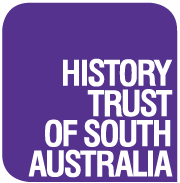
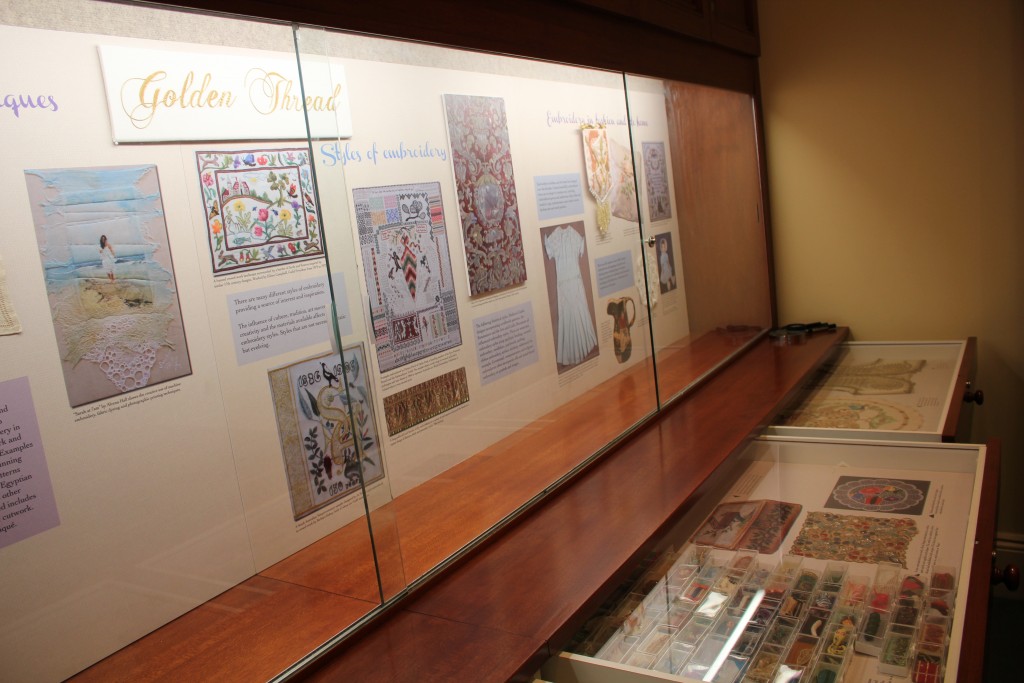
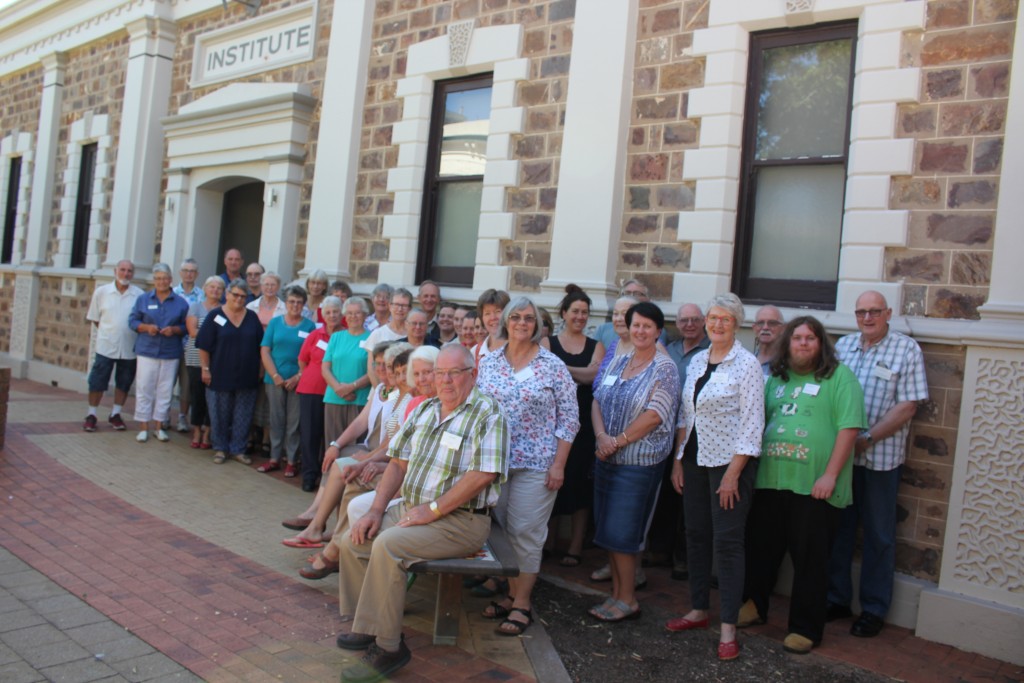
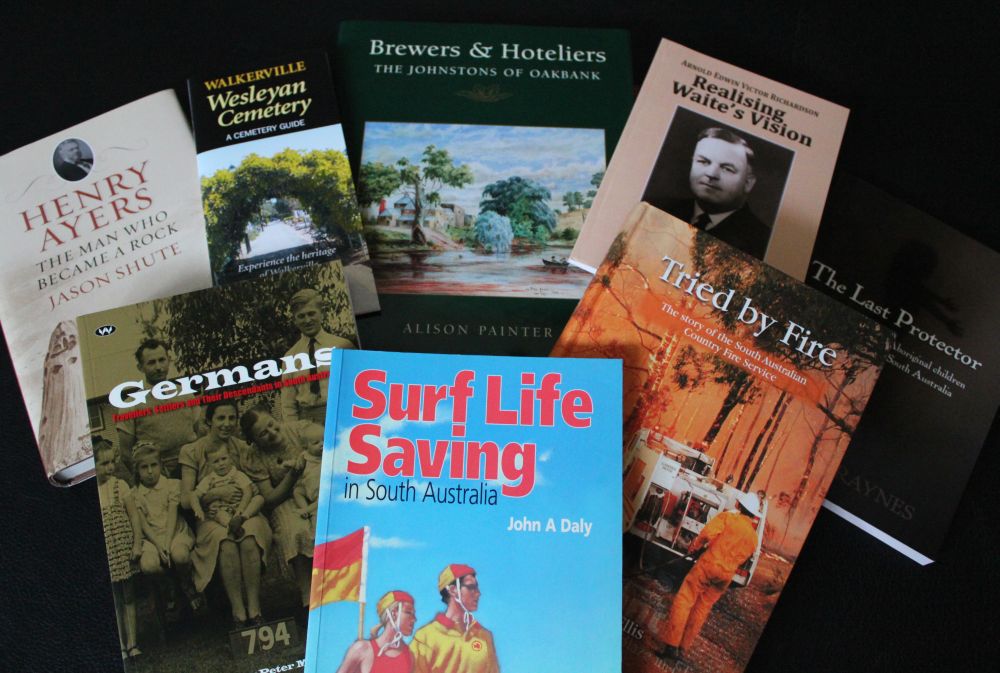
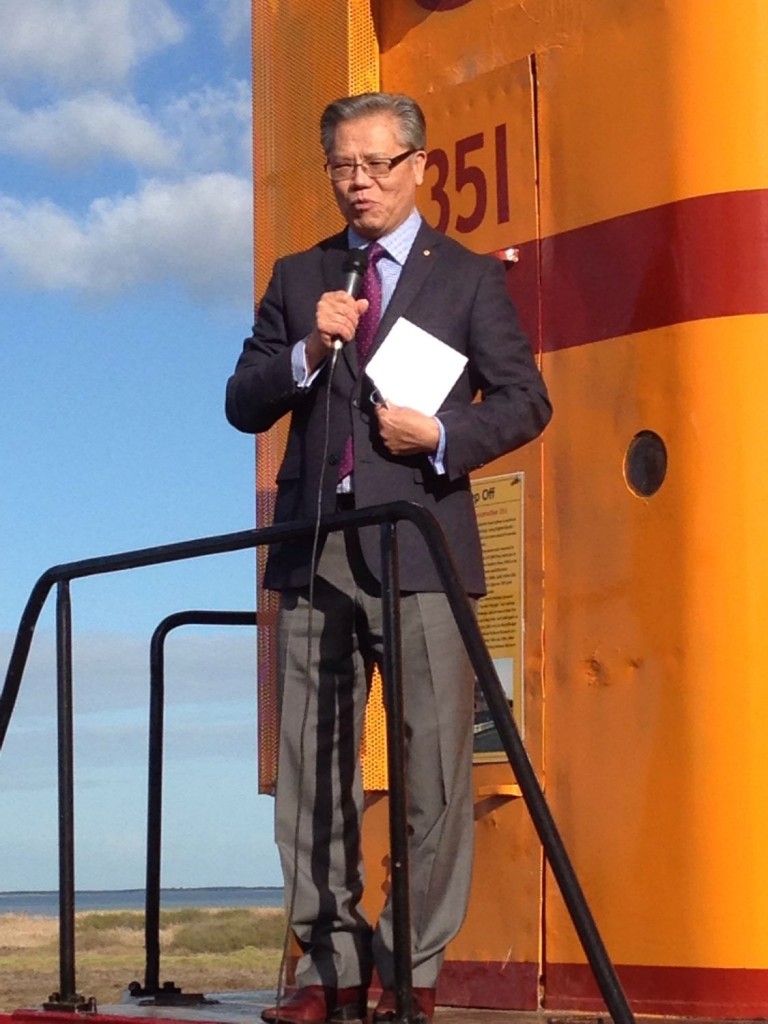
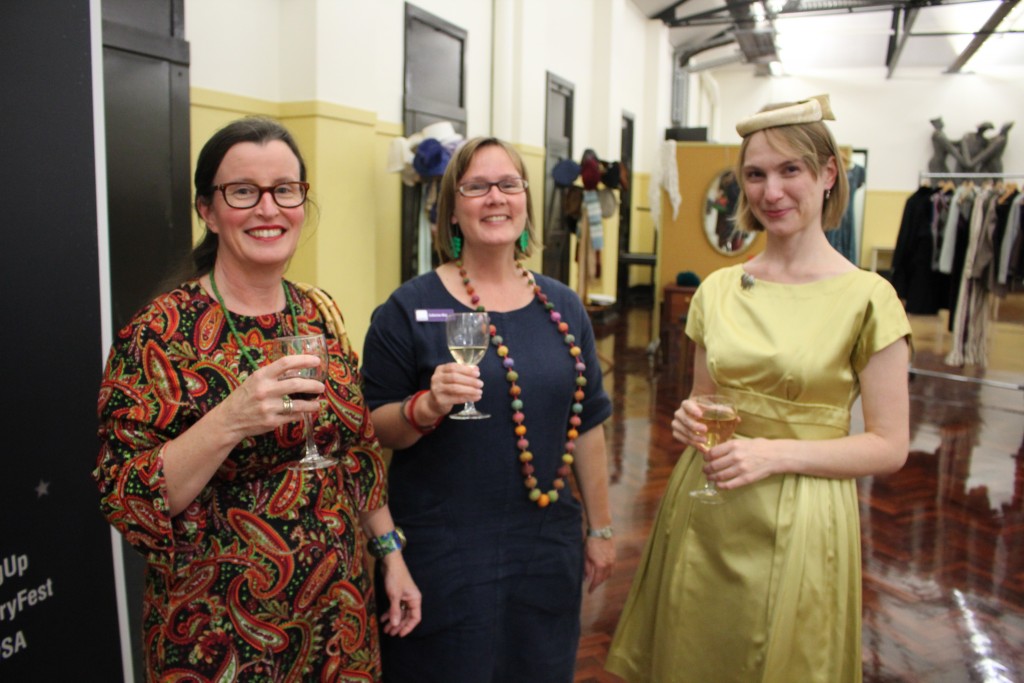
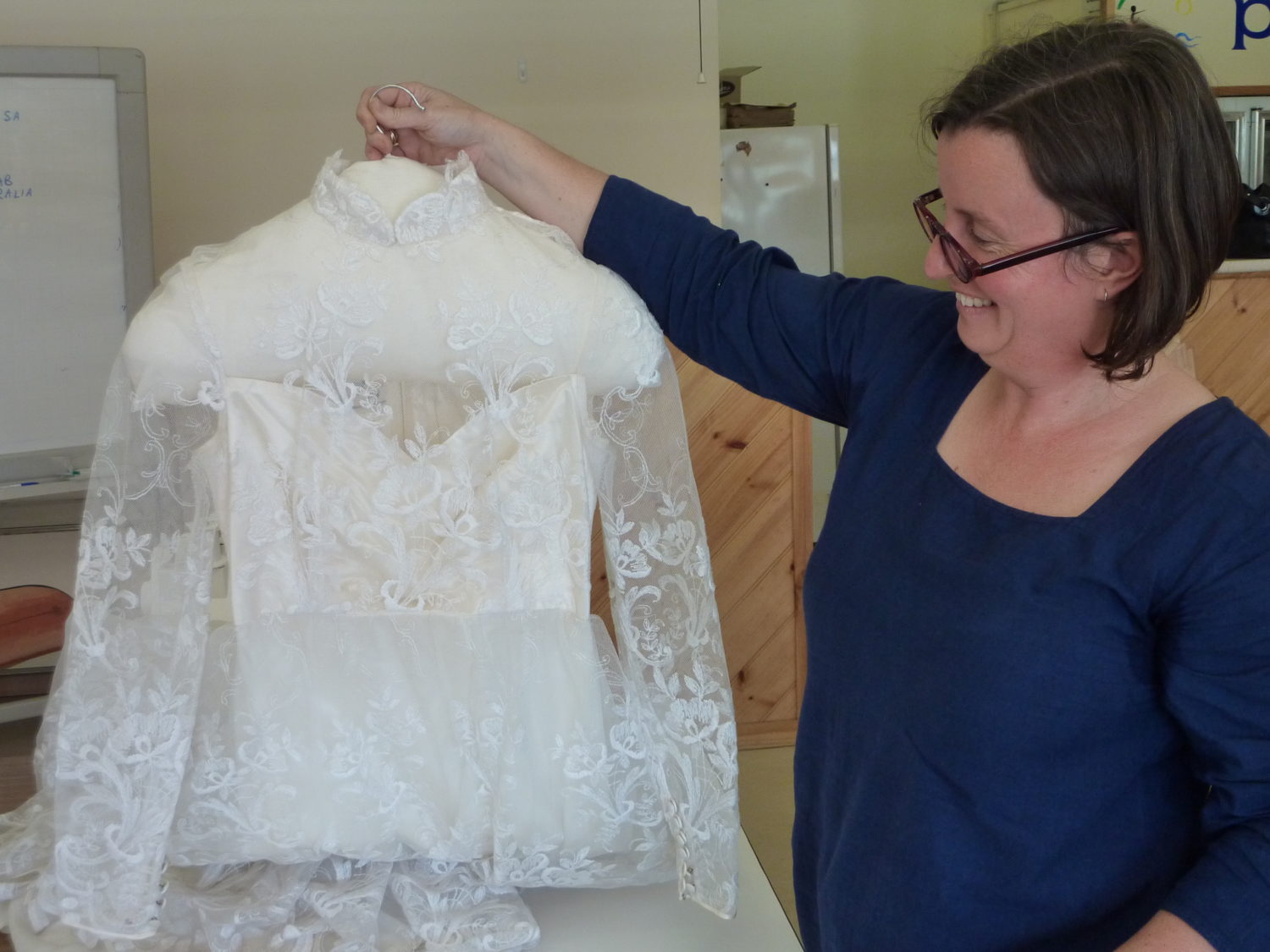
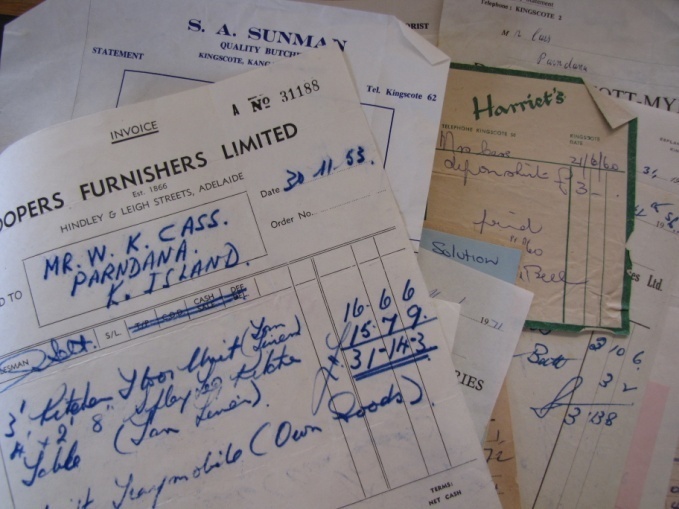
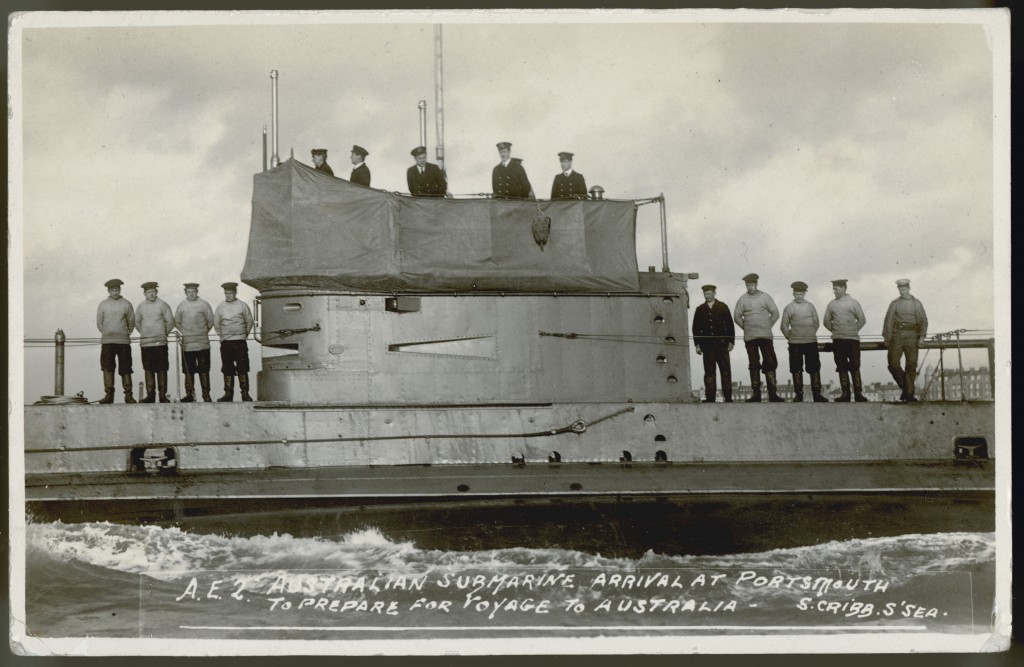

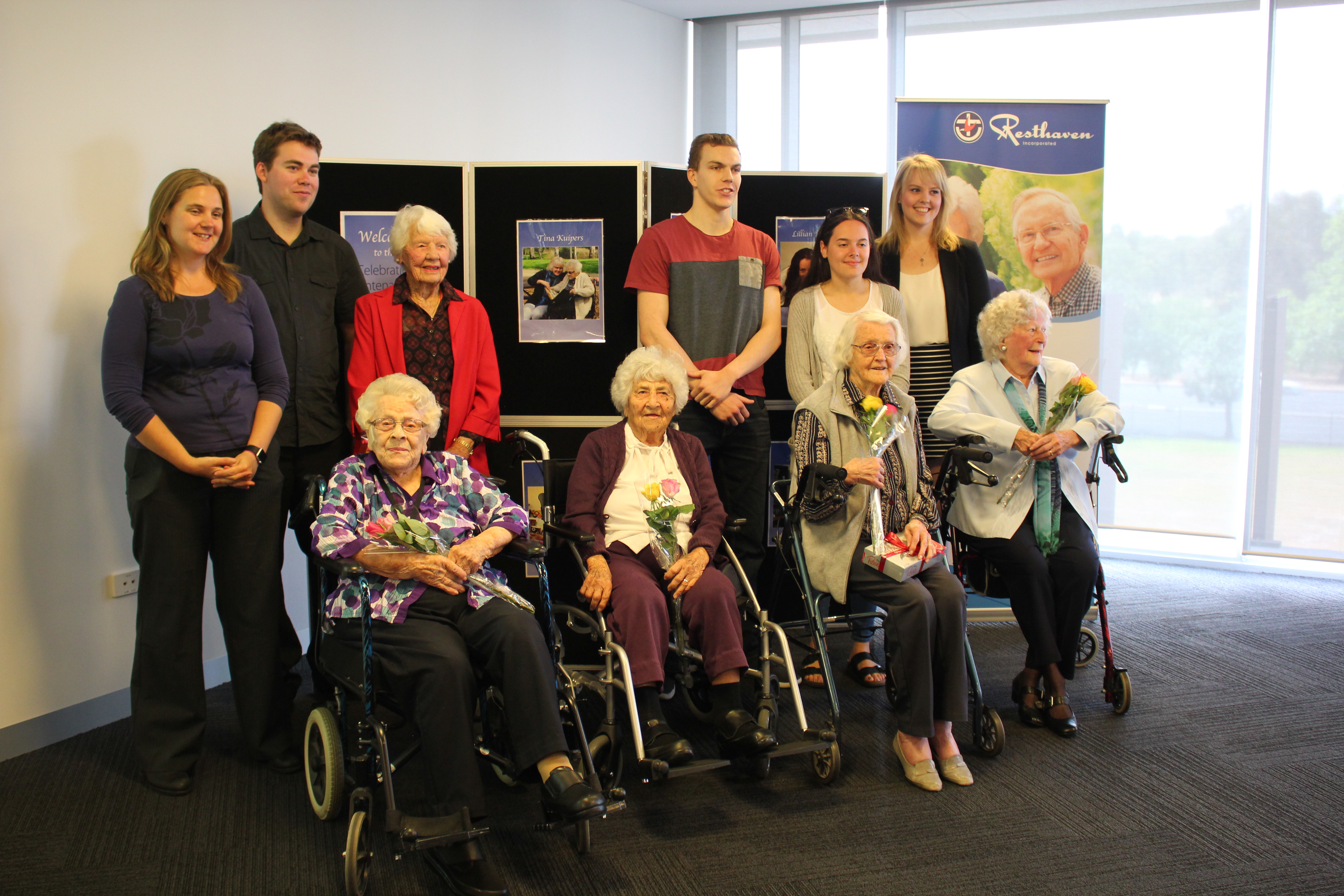
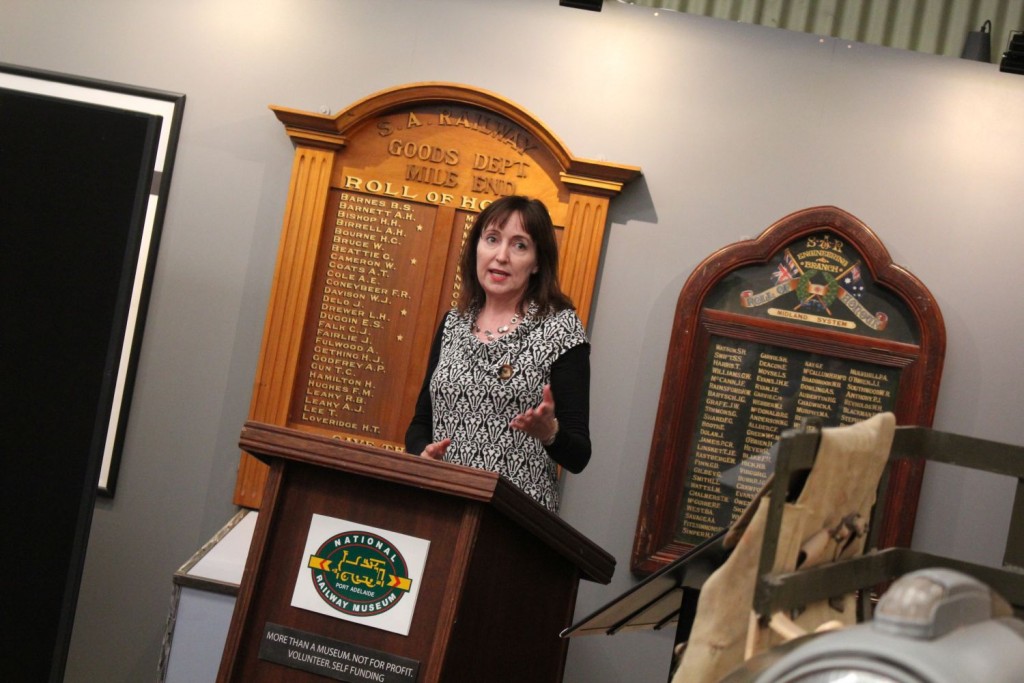

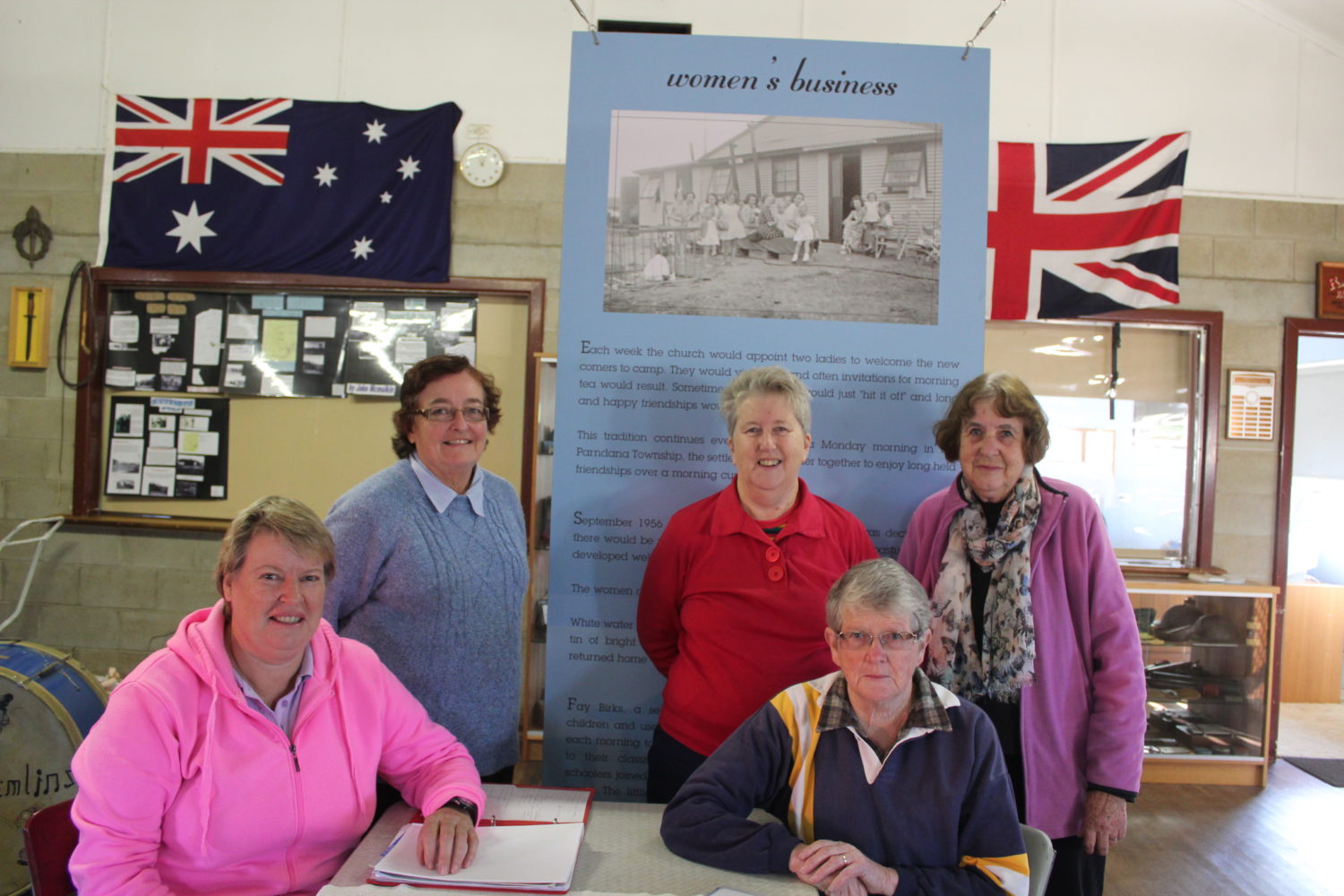

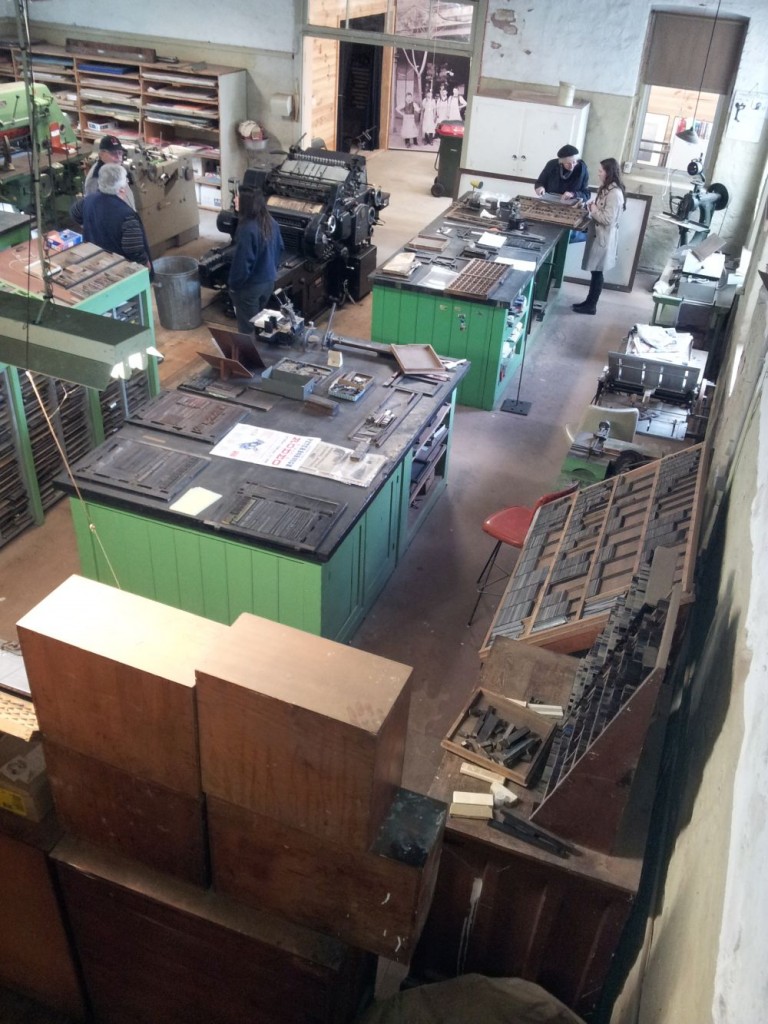
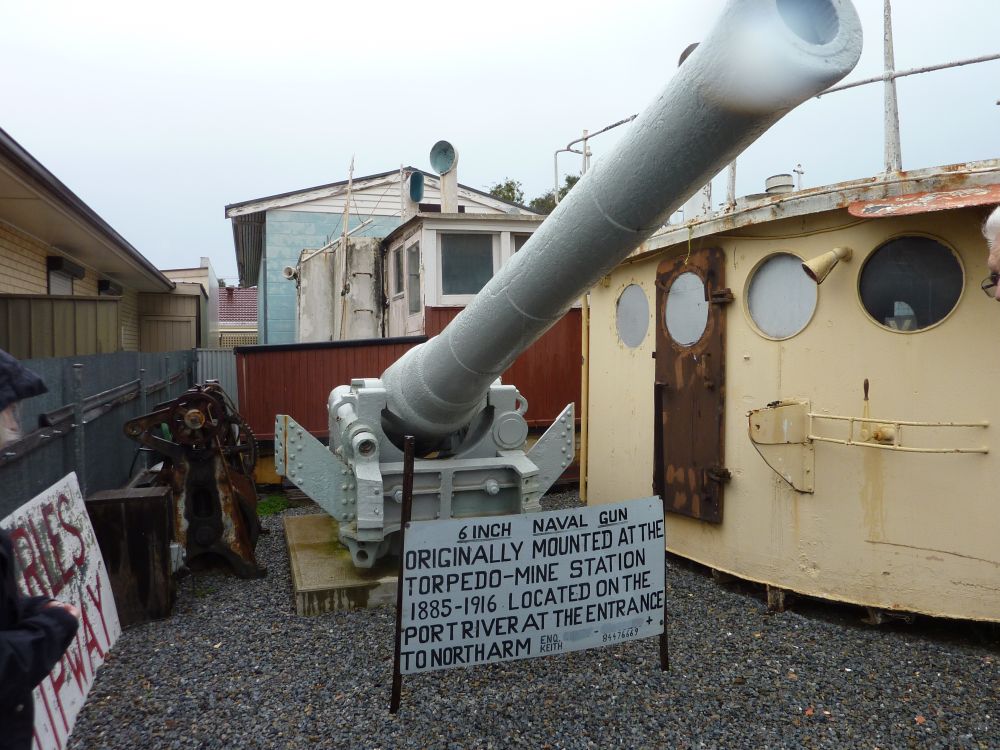
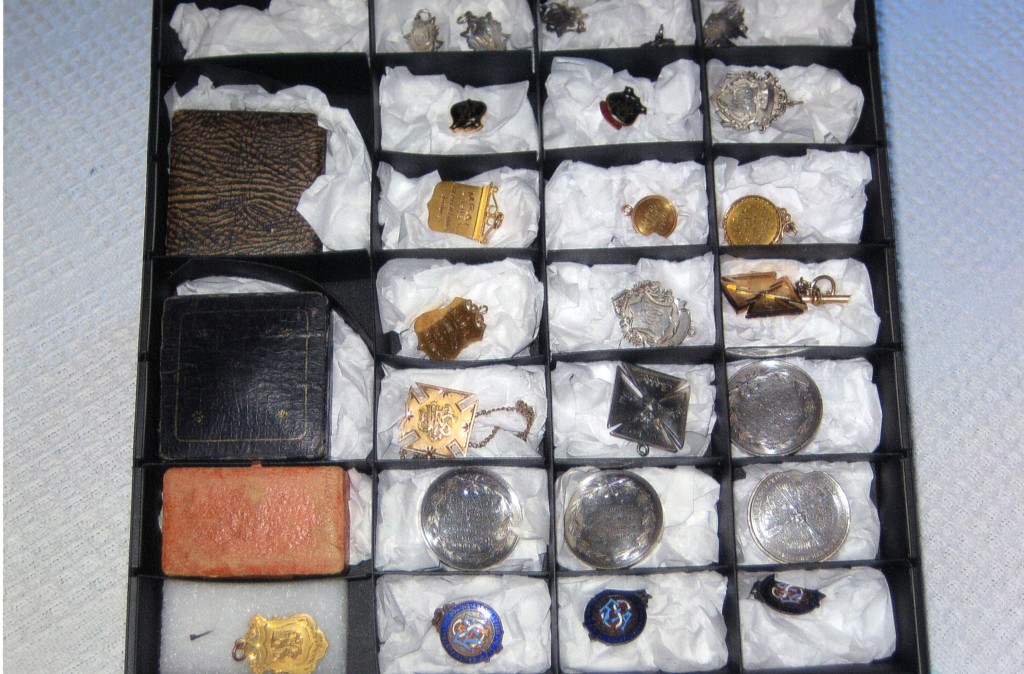


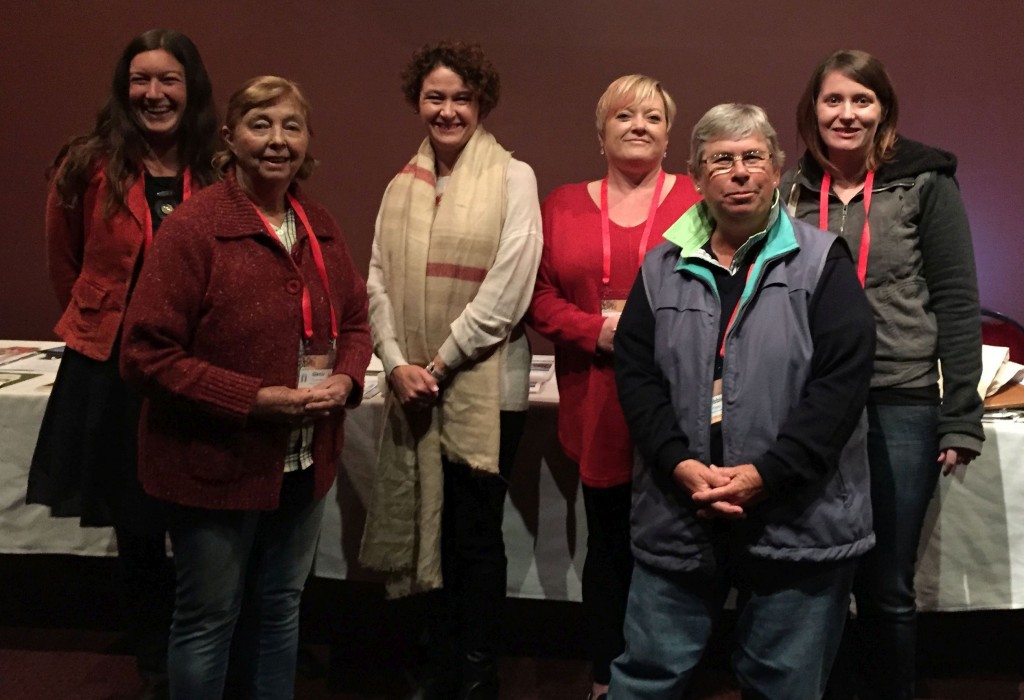


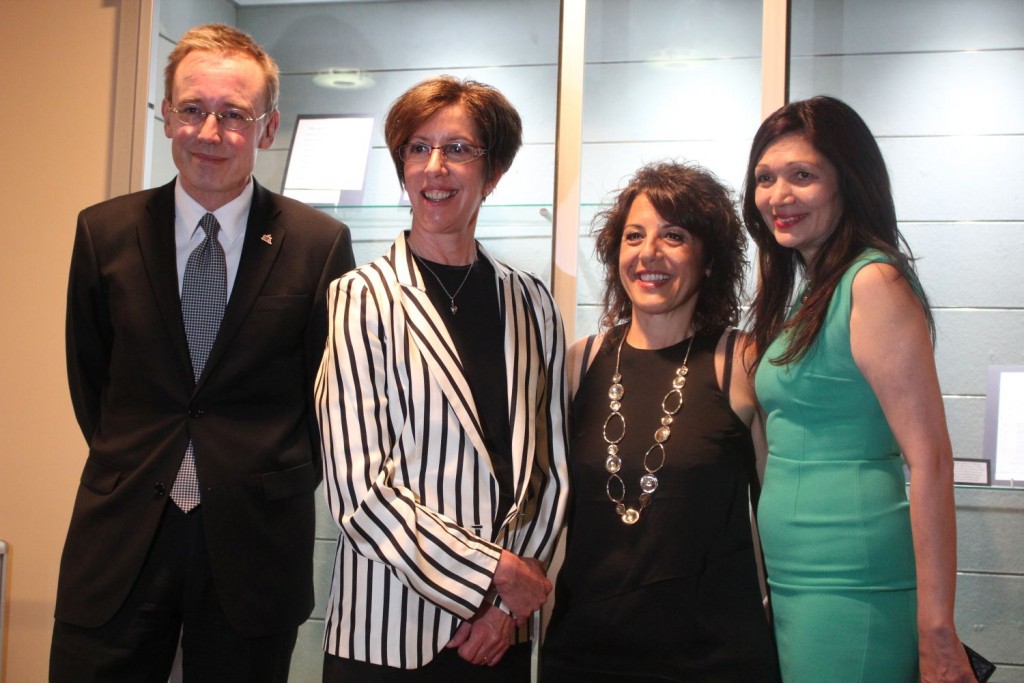


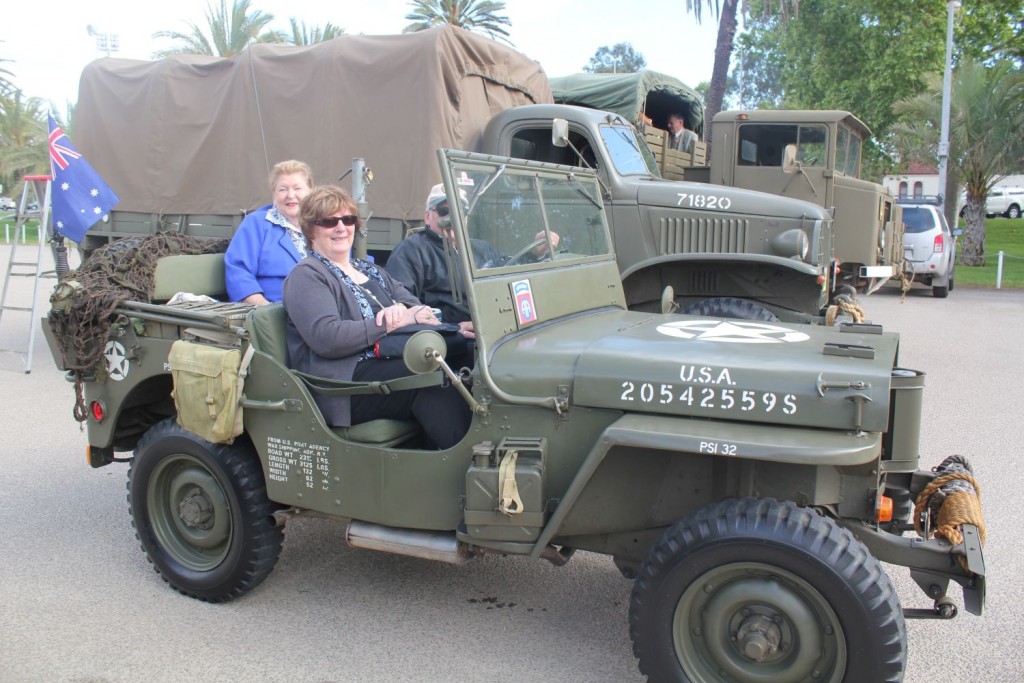


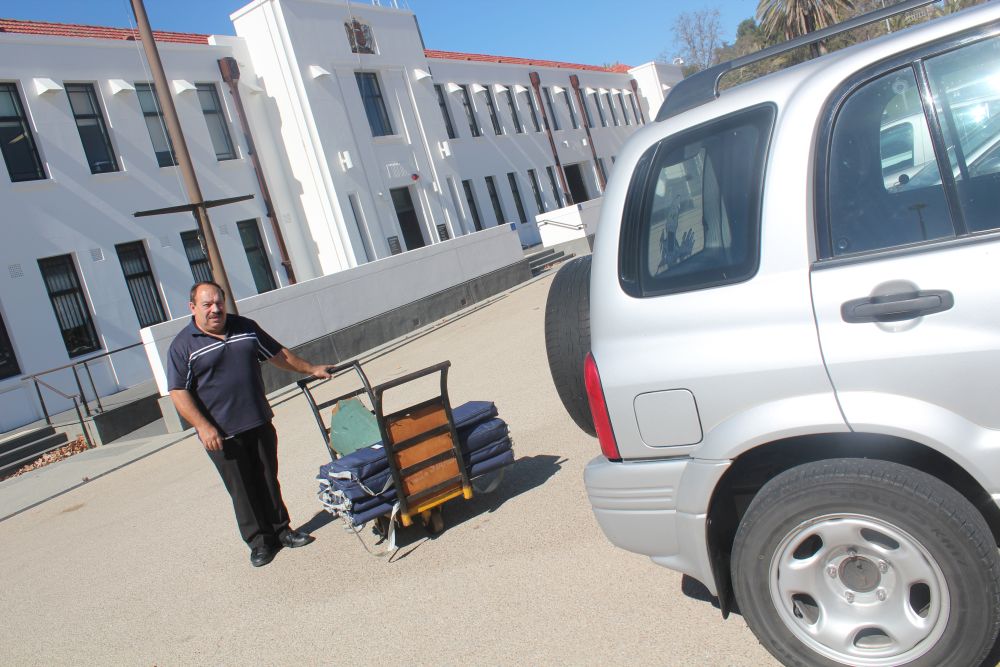
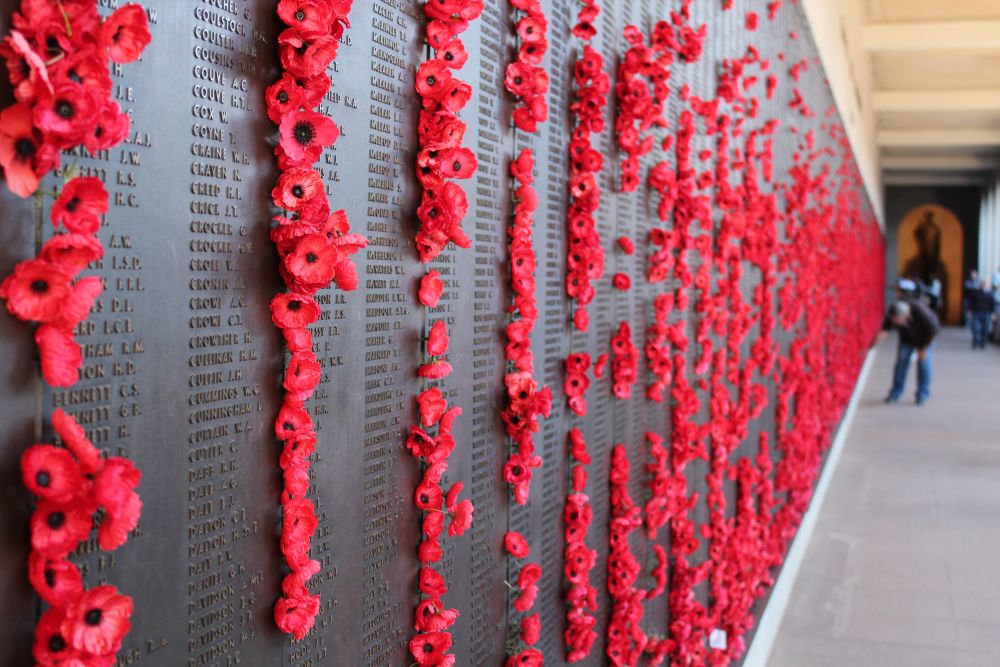
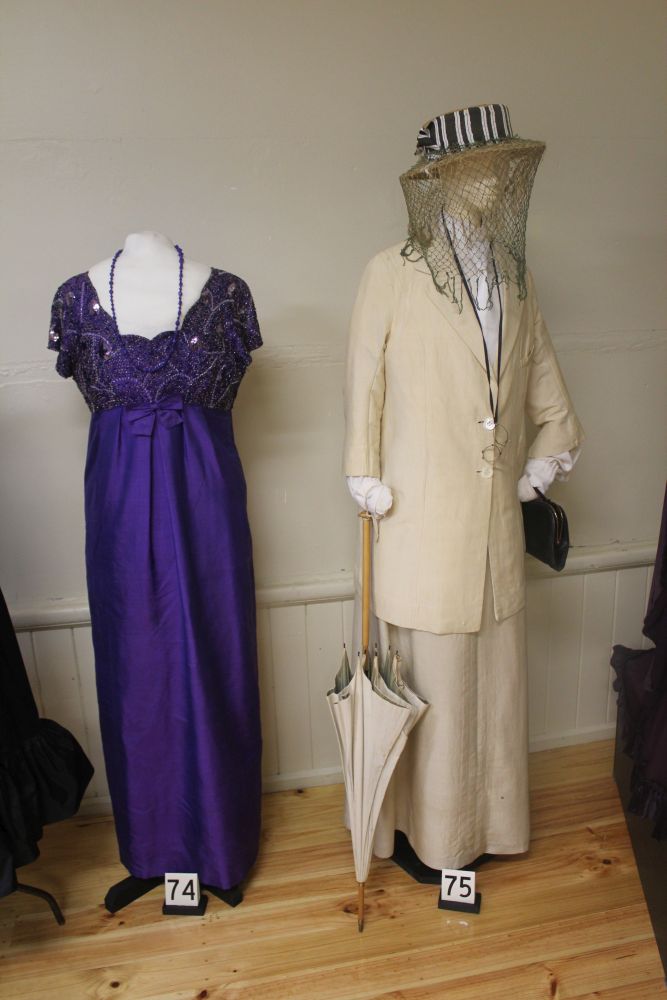
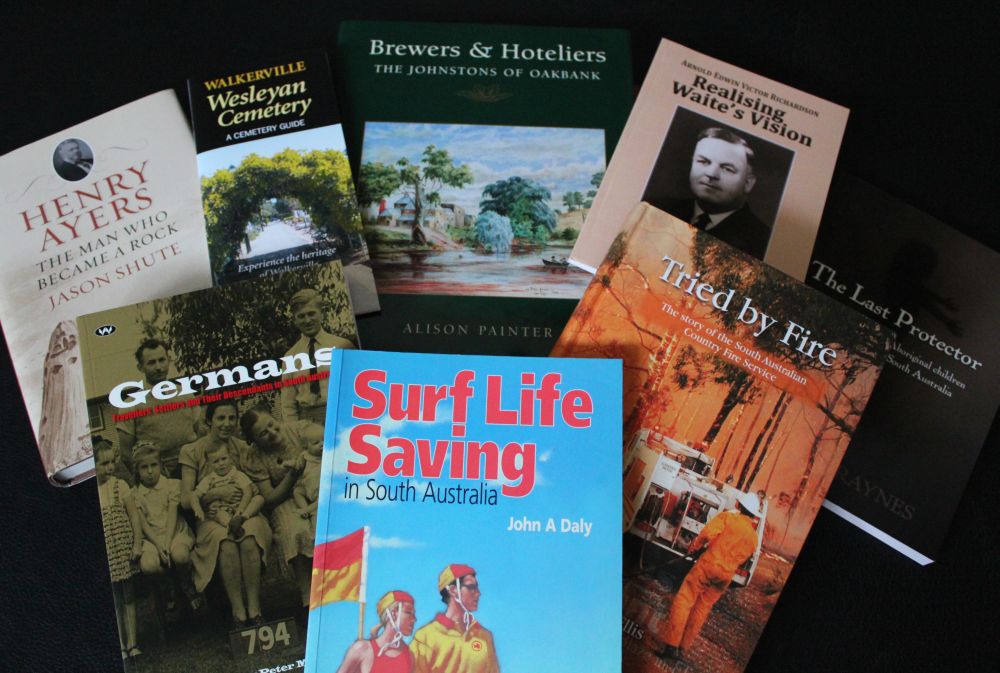
Recent Comments